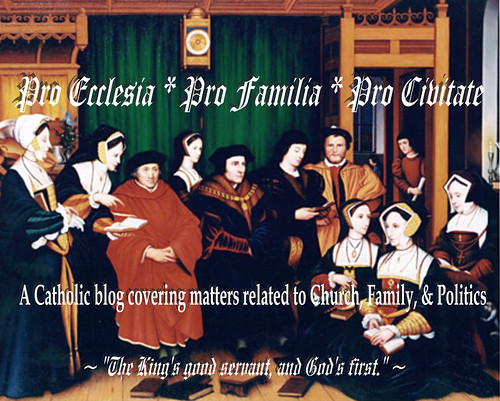Mystery Plays

From the Medieval Saints Yahoo Group:
Mystery Plays
http://search.eb.com/shakespeare/micro/412/91.html
Mystery play: one of three principle kinds of vernacular drama of the European Middle Ages (along with the miracle play and the morality play). The mystery plays, usually representing biblical subjects, developed from plays presented in Latin by churchmen on church premises and depicted such subjects as the Creation, Adam and Eve, the murder of Abel, and the Last Judgment.
During the 13th century, various guilds began producing the plays in the vernacular at sites removed from the churches. Under these conditions, the strictly religious nature of the plays declined, and they became filled with irrelevancies and apocryphal elements. Furthermore, satirical elements were introduced to mock physicians, soldiers, judges, and even monks and priests. In England, over the course of decades, groups of 25 to 50 plays were organized into lengthy cycles, such as the Chester plays and the Wakefield plays. In France a single play, The Acts of the Apostles by Arnoul and Simon Gréban, contained 494 speaking parts and 61,908 lines of rhymed verse; it took 40 days to perform.
The form in which the mystery plays developed contributed to their demise at the end of the 16th century. The church no longer supported them because of their dubious religious value, Renaissance scholars found little of interest in their great rambling texts, and the general public preferred professional traveling companies that were beginning to arrive from Italy. In England the mystery cycles and miracle plays were suspected of Roman Catholic tendencies and were gradually suppressed.
At their height, the mystery plays were quite elaborate in their production. In England they were generally performed on pageant wagons, which provided both scaffold stage and dressing room and could be moved about readily. In France and Italy, however, a production might take place on a stage 100 feet (30 m) wide, with paradise represented at one end of the stage, hell at the other, and earthly scenes between the two. The plays did not attempt to achieve unity of time, place, and action, and therefore they could represent any number of different geographic locations and climates in juxtaposition. Mechanical devices, trapdoors, and other artifices were employed to portray flying angels, fire-spouting monsters, miraculous transformations, and graphic martyrdoms.
Links:
http://artemis.austincollege.edu/acad/hwc22/Medieval/english_mystery_plays.html
http://www.english.cam.ac.uk/mi-sampler/mystery_plays.htm
http://www.newadvent.org/cathen/10348a.htm
http://www.yorkmysteryplays.org/index_highres.htm
http://www.chestermysteryplays.com/
http://www.yorkmysteryplays.co.uk/
http://www.lichfieldmysteries.co.uk/
http://www.cambridge.org/catalogue/catalogue.asp?isbn=0521023114



0 Comments:
Post a Comment
<< Home